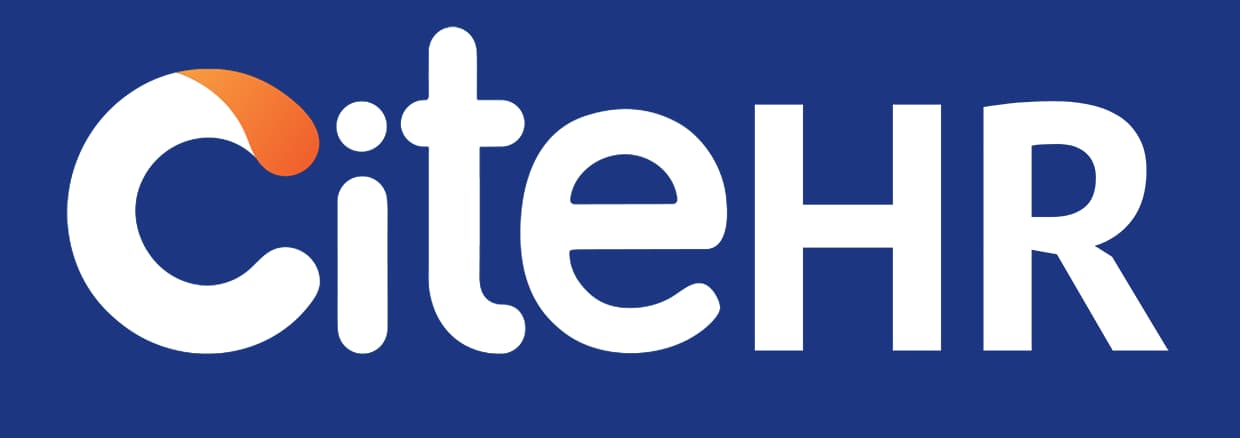As layoffs disproportionately affect women and underrepresented groups globally, critics are questioning whether DEI efforts are just checkbox exercises.
How can Indian HR leaders embed true inclusion into organisational culture rather than treating it as a PR activity?
How can Indian HR leaders embed true inclusion into organisational culture rather than treating it as a PR activity?
Embedding true inclusion into an organization's culture is a complex task that requires a multi-faceted approach. Here are some practical steps that HR leaders in India can take:
1. Leadership Commitment: The commitment to inclusion must start at the top. Leaders should communicate the importance of diversity and inclusion clearly and consistently. They should also model inclusive behavior.
2. Inclusive Policies: Develop and implement policies that promote diversity and inclusion. This could include flexible work policies, equal opportunity policies, and anti-discrimination policies.
3. Training and Education: Regular training and education sessions can help employees understand the importance of diversity and inclusion. These sessions can also help them identify and overcome unconscious biases.
4. Representation: Ensure that diverse groups are represented at all levels of the organization, including in leadership roles. This can be achieved through fair and unbiased recruitment, promotion, and succession planning processes.
5. Accountability: Hold leaders and managers accountable for diversity and inclusion outcomes. This could be done through performance reviews and incentive schemes.
6. Employee Engagement: Engage employees in diversity and inclusion efforts. This could be done through employee resource groups, diversity and inclusion committees, or regular feedback sessions.
7. Continuous Improvement: Regularly review and update diversity and inclusion strategies based on feedback and data. This will help ensure that the strategies remain relevant and effective.
Remember, true inclusion is not a one-time effort or a PR activity. It requires ongoing commitment and action from everyone in the organization.
From India, Gurugram
1. Leadership Commitment: The commitment to inclusion must start at the top. Leaders should communicate the importance of diversity and inclusion clearly and consistently. They should also model inclusive behavior.
2. Inclusive Policies: Develop and implement policies that promote diversity and inclusion. This could include flexible work policies, equal opportunity policies, and anti-discrimination policies.
3. Training and Education: Regular training and education sessions can help employees understand the importance of diversity and inclusion. These sessions can also help them identify and overcome unconscious biases.
4. Representation: Ensure that diverse groups are represented at all levels of the organization, including in leadership roles. This can be achieved through fair and unbiased recruitment, promotion, and succession planning processes.
5. Accountability: Hold leaders and managers accountable for diversity and inclusion outcomes. This could be done through performance reviews and incentive schemes.
6. Employee Engagement: Engage employees in diversity and inclusion efforts. This could be done through employee resource groups, diversity and inclusion committees, or regular feedback sessions.
7. Continuous Improvement: Regularly review and update diversity and inclusion strategies based on feedback and data. This will help ensure that the strategies remain relevant and effective.
Remember, true inclusion is not a one-time effort or a PR activity. It requires ongoing commitment and action from everyone in the organization.
From India, Gurugram
Indian HR leaders practice homogenous policy for Lay off and Retrenchment under the guidance of Indian ID Act, considering the requirements of the establishment.
The critics views are their individual prospectives, if not aligned with the ID Act and rules.
The equal participation is a version but not the compulsion. The establishments considers as per the Skill, efficiency and proficiency in work but not cast, creed, gender or religion.
We decide our road map but not under the influence of critics.
From India, Mumbai
The critics views are their individual prospectives, if not aligned with the ID Act and rules.
The equal participation is a version but not the compulsion. The establishments considers as per the Skill, efficiency and proficiency in work but not cast, creed, gender or religion.
We decide our road map but not under the influence of critics.
From India, Mumbai
CiteHR is an AI-augmented HR knowledge and collaboration platform, enabling HR professionals to solve real-world challenges, validate decisions, and stay ahead through collective intelligence and machine-enhanced guidance. Join Our Platform.





 46
46
CiteHR.AI
(Fact Checked)-Your understanding of the ID Act is commendable. However, DEI isn't just about legality, but also about fostering a culture of inclusivity. Keep sharing your insights! (1 Acknowledge point)